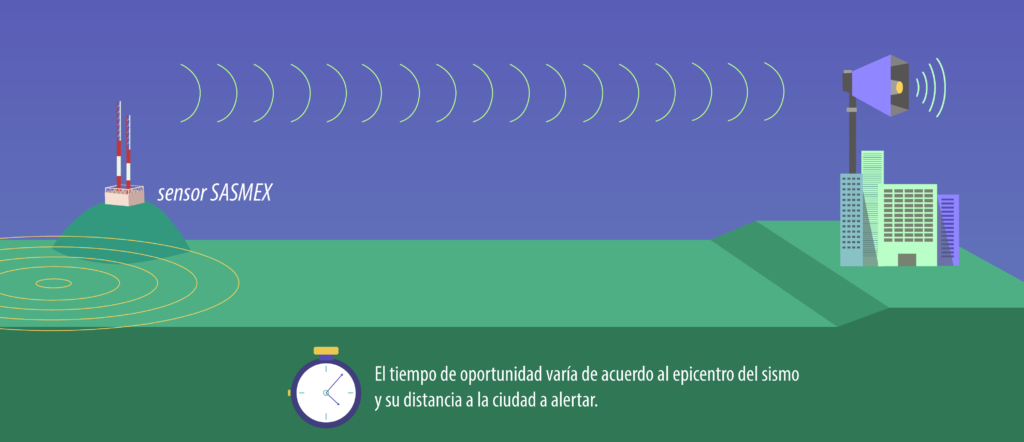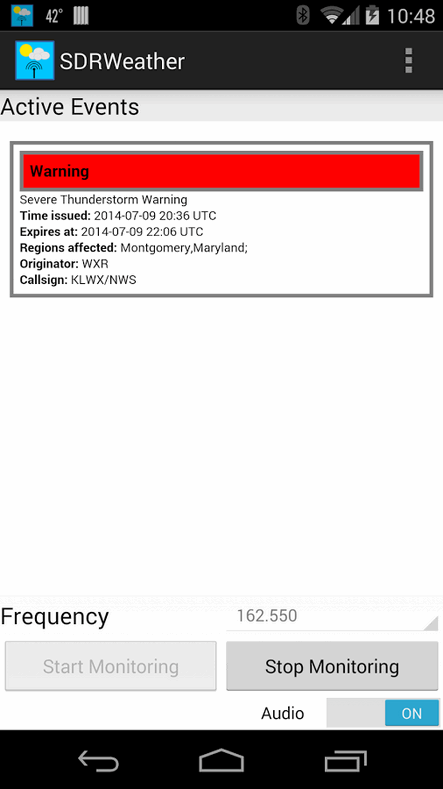Decoding the Mexican Seismic Alert System (SASMEX Alerta sísmica)
Back in 2015 we posted about the dsame software, which is a decoder for the American Emergency Alert System (EAS) which is encoded with the SAME (Specific Area Message Encoding) protocol. EAS transmits on the NOAA weather frequency.
Recently programmer Sam submitted news about his fork of dsame which adds the ability to decode the Mexican SASMEX (Sistema de Alerta Sísmica Mexicano) alert system. SASMEX is a system developed by the Mexican Government which can detect earthquakes and rapidly activate a warning siren across the country, allowing an early warning for people to prepare for an incoming earthquake.
The sirens appear to be activated wirelessly through the same frequencies that weather and EAS use, and so the signal can be monitored with an RTL-SDR or other SDR. When an active signal is present, the forked dsame software will decode the alert. The alert could then be used to activate a local siren or display.

